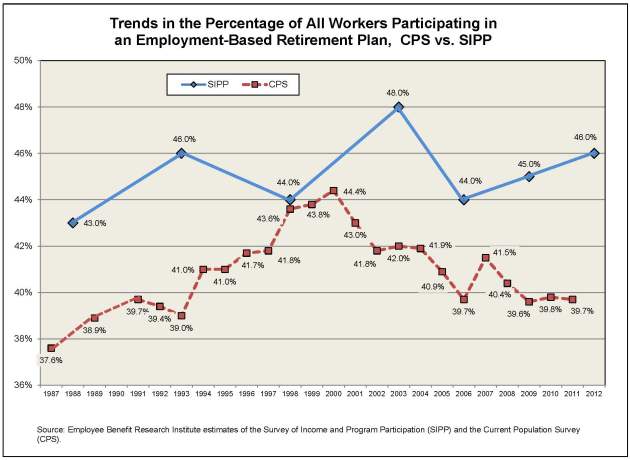 So, before I took the “plunge,” I spent some time trying to do some research—trying to find out what kinds of improvements I could anticipate, and to better understand the complaints associated with an upgrade from which there was, apparently, no “return.” The upgrades were readily quantified (on the vendor’s website most notably), although I think it’s fair to say they had a motivation in promoting the new system. However, most seemed to be relatively unimportant in terms of how I used, or planned to use, my device. As for the problems: Well, they were equally easy to find, but harder to quantify. And, like those product ratings on any website, were from people I did not know and whose judgments I had no particular reason to trust.
So, before I took the “plunge,” I spent some time trying to do some research—trying to find out what kinds of improvements I could anticipate, and to better understand the complaints associated with an upgrade from which there was, apparently, no “return.” The upgrades were readily quantified (on the vendor’s website most notably), although I think it’s fair to say they had a motivation in promoting the new system. However, most seemed to be relatively unimportant in terms of how I used, or planned to use, my device. As for the problems: Well, they were equally easy to find, but harder to quantify. And, like those product ratings on any website, were from people I did not know and whose judgments I had no particular reason to trust.Consequently, stuck between conflicting perspectives, and seeing no particular advantage in making a change, I did what most human beings do. Nothing. Until, with my current contract expiring, I realized that the upgrade was likely to be imposed on me at that point, regardless of my preferences.
On October 1, the public marketplaces (formerly known as connectors or exchanges) associated with the implementation of the Patient Protection and Affordable Care Act (PPACA) will begin to come online—in various phases and, from what one can discern from published reports and official updates, in various states of readiness. The advantages have been outlined, as have the potential pitfalls. Doubtless the experiences will be as varied as the experience(s) and expectation(s) of the individuals involved.
However, it’s hardly a new idea. Back in 1980 the conservative Heritage Foundation began advocating that the Federal Employee Health Benefit Program (FEHBP—a marketplace for multiple insurers and scores of plan options) become a model for expansion of health coverage through an individual mandate. Today, simply telling those in Washington, DC, that “the marketplaces are just a version of FEHBP” brings an immediate understanding of the concept.
A year ago, EBRI published an Issue Brief that outlined the issues related to private health insurance exchanges, possible structures of an exchange, funding, as well as the pros, cons, and uncertainties to employers of adopting them. That report contained a summary of recent surveys on employer attitudes, as well as some changes that employers have made to other benefits that might serve as historical precedents for a move to some type of defined contribution health benefits approach. It is a report that provides both current analysis alongside a historical perspective—a resource for those looking to better understand and plan for the potential changes ahead.¹
That said, when Paul Fronstin, EBRI’s director of Health Research and the EBRI Center for Research on Health Benefits Innovation, updates the information in the future, he may well call them marketplaces, unless the name “upgrades” again in the weeks ahead!
Nevin E. Adams, JD
¹ See “Private Health Insurance Exchanges and Defined Contribution Health Plans: Is It Déjà Vu All Over Again?” online here.
You can find a catalogue of recent EBRI research on PPACA and its potential impact on employment-based health benefits online here.



